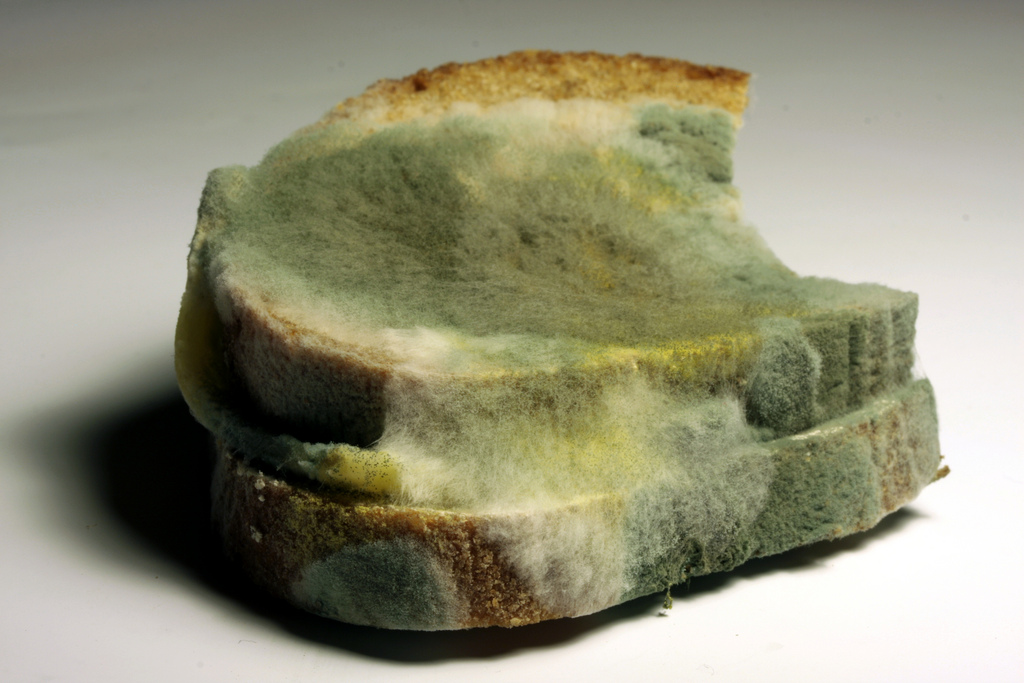DMSO: An underrated but promising healing agent
06/10/2025 / By Olivia Cook

- Dimethyl sulfoxide (DMSO) is an organic sulfur compound originally used as an industrial solvent, later discovered to have healing properties. It is an antioxidant and anti-inflammatory agent that can penetrate the skin and cell membranes, carrying drugs and nutrients directly into tissues.
- It helps with arthritis, cancer, infection, joint pain, nerve damage, spinal cord injuries and more – often where other treatments fail.
- Despite decades of studies and clinical success, DMSO remains largely unapproved due to early safety concerns, lack of profitability (because it is cheap and can’t be patented) and regulatory inertia.
- While veterinarians use it routinely for horses, cats, dogs and livestock, its benefits for humans remain underused due to outdated regulations. Approved only for the treatment of interstitial cystitis in the U.S. but widely used off-label worldwide, the science is mounting in DMSO’s favor.
- DMSO may be one of the most underrated but promising healing agents on Earth.
For decades, a humble industrial solvent called DMSO (dimethyl sulfoxide) has quietly baffled, inspired and frustrated generations of doctors, patients and scientists.
Originally a byproduct of paper manufacturing, this colorless liquid has a remarkable ability: It can dissolve both water-loving and fat-loving substances – an extremely rare trait. But its most surprising feature? When applied to the skin, DMSO penetrates muscle, bone and bloodstream in minutes, delivering rapid relief from pain and inflammation while carrying other substances directly into the body’s cells.
Despite thousands of published studies and widespread documentation of its healing effects — from arthritis to possibly aiding cancer treatment — DMSO never secured its place in mainstream medicine. Instead, it became a cautionary tale of how regulatory bureaucracy, medical politics and pharmaceutical profits can determine which treatments reach the public – and which don’t.
Dr. Morton Walker’s book “DMSO: Nature’s healer” (first published in 1993) chronicles this extraordinary journey. In it, he exposes how a substance with profound healing potential was sidelined – not because it failed but because it didn’t fit the system.
Today, DMSO, available in gel, cream, liquid, oral and IV forms (varies by country), remains in use but in the shadows – used by veterinarians, holistic practitioners and determined patients who swear by its benefits.
In fact, DMSO is a mainstay in veterinary medicine, widely used to treat racehorses for inflammation, joint injuries and trauma. Unlike in human medicine, its effectiveness is so well accepted that it is routinely stocked in animal clinics (especially for cats and dogs) and racetrack stables.
It is legal to buy and use off-label in many countries, yet it remains conspicuously absent from most conventional care. Now, as modern medicine rediscovers compounds once dismissed or forgotten, DMSO may finally get a second chance.
How DMSO works: More than skin deep
DMSO’s unique effects are tied to its small molecular size and chemical properties. It passes through the skin, muscles, bones and cellular membranes effortlessly, even the blood-brain barrier. But it doesn’t just pass through – it transforms what it touches.
- Anti-inflammatory and antioxidant: DMSO neutralizes free radicals, especially hydroxyl radicals, which damage tissue and accelerate aging. It reduces swelling, improves circulation and helps tissues recover faster.
- Carrier molecule: DMSO can be used to ferry drugs, vitamins, minerals and other compounds directly into cells, improving their effectiveness and potentially reducing side effects.
- Immune modulation: It enhances the function of white blood cells, strengthening the body’s natural defenses.
These properties have enormous implications for drug delivery, especially antibiotics, steroids and even cancer therapies.
Where it helps: A wide spectrum of conditions
DMSO’s applications go well beyond joint pain. Here are some of them:
- Arthritis: It relieves stiffness, swelling and pain. Patients often report relief within minutes that lasts a long time.
- Cancer support: Although not a standalone cure, DMSO may help transport chemotherapy drugs into cancer cells. It also reduces treatment side effects and may inhibit tumor growth in lab studies. (Related: How science is unlocking the anticancer potential of DMSO.)
- Developmental disorders: Early studies on DMSO-amino acid therapies in children with Down syndrome and other developmental delays showed improvements in attention, language and social behaviors.
- Infections: DMSO has antibacterial and antiviral properties. It’s been tested in cases of bronchitis, herpes and even HIV – with evidence suggesting it may reduce viral replication and support immune response. (Related: DMSO: A game-changer in the treatment of infectious diseases.)
- Neurological trauma: DMSO reduces intracranial pressure and protects brain cells after injury. Studies suggest it may help with head trauma, spinal cord injuries and strokes. (Related: DMSO: The ivermectin-like miracle solution for strokes, neurological damage.)
- Sports injuries: Muscle tears, sprains and strains respond well to topical DMSO treatment, which accelerates healing and reduces inflammation.
- Tinnitus and skin conditions: Combined with other agents, it has shown success in treating burns, fungal infections, tinnitus and warts.
Though more research is needed, these preliminary findings are hard to ignore.
Why DMSO is not widely used
If DMSO is so helpful, why isn’t it widely used? The primary reason is regulatory inertia. The FDA’s 1965 decision remains a major roadblock rooted in now-disputed animal toxicity data. Most human studies show DMSO is safe when used appropriately.
Its most common side effect is harmless but unpleasant: a garlicky-like body odor and/or breath due to DMSO’s sulfur metabolites. Some users may also experience mild skin irritation, a warming sensation or drowsiness.
The bigger risk lies in its ability to carry other substances into the body. If combined with impurities, pesticides or toxins, DMSO can deliver them into the bloodstream.
Another reason for DMSO’s marginalization is economic. As a natural, off-patent compound, DMSO offers little profit potential for pharmaceutical companies. Without industry backing, few FDA-required large-scale trials have been funded, despite decades of promising case reports and international use.
In the U.S., DMSO is approved only for one condition: interstitial cystitis, a painful bladder disorder. Everything else is considered “off-label” or experimental. Meanwhile, in countries like Australia, Canada and much of Europe, DMSO is more readily available, often through integrative, holistic or naturopathic clinics.
NaturalMedicine.news has more on natural cures that are suppressed by Big Pharma.
Watch this video to learn what DMSO is for healing, detox and wellness.
This video is from the Daily Videos channel on Brighteon.com.
More related stories:
DMSO: A new era in pain management.
Exploring DMSO’s potential in addressing mental health issues and neurological injuries.
Sources include:
Submit a correction >>
Tagged Under:
alternative medicine, anti-inflammatory, Censored Science, dimethyl sulfoxide, DMSO, FDA, healing, health science, Interstitial cystitis, medical censorship, natural cures, natural health, natural medicine, pain relief, remedies, Suppressed
This article may contain statements that reflect the opinion of the author





















